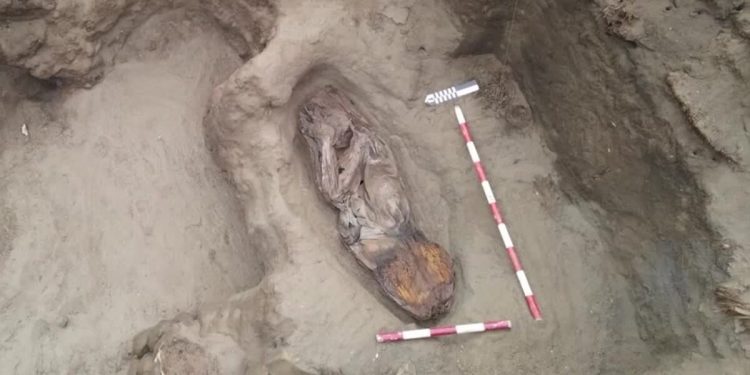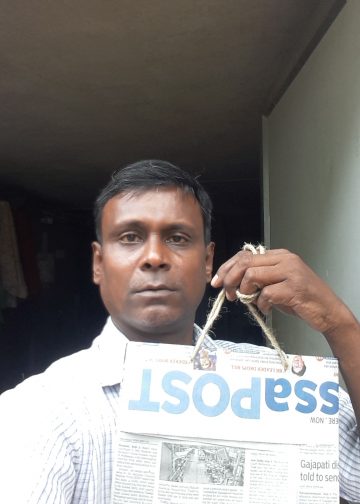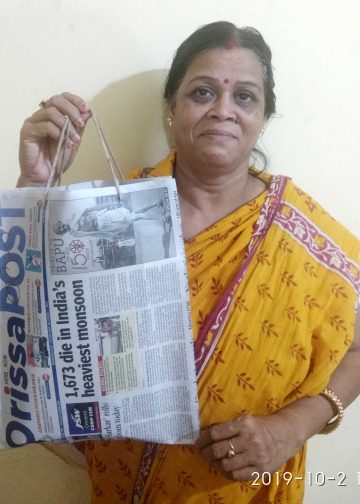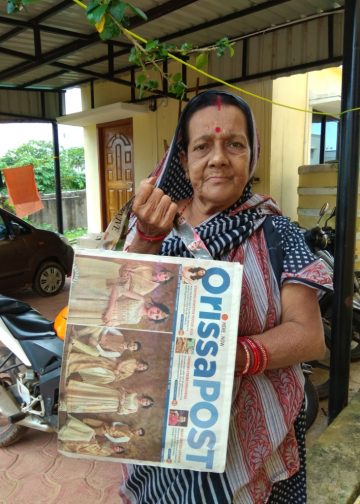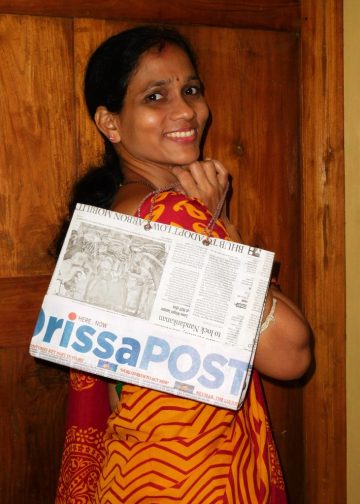Lima: Archaeologists in Peru said they found the 5,000-year-old remains of a noblewoman at the sacred city of Caral, revealing the important role played by women in the oldest centre of civilisation in the Americas. “What has been discovered corresponds to a woman who apparently had elevated status, an elite woman,” archaeologist David Palomino told AFP. “This is an important burial because it has elements that correspond to a woman of high status,” Palomino added, pointing to the way the corpse was wrapped and preservation of her skin, hair and nails. The mummy was found in Aspero, a sacred site within the city of Caral that was a garbage dump for over 30 years until becoming an archaeological site in the 1990s. Palomino said the carefully preserved remains, dating to 3,000 years BC, contained skin, part of the nails and hair and was wrapped in a shroud made of several layers of fabric and a mantle of macaw feathers. Macaws are colourful birds that belong to the parrot family. The woman’s funerary trousseau, which was presented to reporters at the culture ministry, included a toucan’s beak, a stone bowl and a straw basket.
Preliminary analyses indicate that the remains found in December belong to a woman between 20 and 35 years old who was 1.5 metres (5 feet) tall, and wearing a headdress that represented her elevated social status. Palomino told reporters the find showed that while “it was generally thought that rulers were men, or that they had more prominent roles in society” women had “played a very important role in the Caral civilisation.” Caral, located some 180 km up the Pacific coast from Lima, is considered the oldest city in the Americas and would have been inhabited at the same time as ancient Egyptian, Chinese and Sumerian civilizations – though unlike these, researchers say it developed in complete isolation. It was declared a UN World Heritage Site in 2009.

